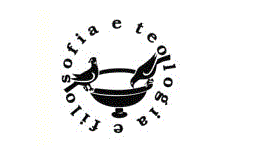


L’articolo indica la distinzione tra nozione di origine e le figure plurali di inizio tra filosofia, teologia e diritto. La teoria di Paul Beauchamp concernente il rapporto tra uno e altro Testamento indica come la differenza biblica tra la promessa e la legge costituisce un modello presente anche nel diritto in relazione all’articolazione tra consuetudine e legge. L’interpretazione figurale (la rete figurale del testo), al tempo stesso biblica e giuridica, costituisce così un rapporto tra testo e corpo antropologicamente rilevante per la comprensione della libertà dell’uomo e della pluralità delle culture. L’antropologico costituisce un ponte tra il teologico e il giuridico che oltrepassa la concezione della teologia politica novecentesca.
Parole chiave: Corpo, figura, interpretazione, legge, libertà
The article focuses on the distinction between the notion of origin and the plural figures of the beginning between philosophy, theology, and law. Paul Beauchamp's theory concerning the relationship between Old and New Testament illustrates how the biblical difference between the promise and the law is a model also present in law about the articulation between custom and legislation. The figural interpretation (the figural network of the text), at once biblical and juridical, constitutes a relationship between text and body that is anthropologically relevant to the understanding of human freedom and of theplurality of cultures. Anthropology constitutes a bridge between the theological and the legal that goes beyond the conception of twentieth-century political theology.
Keywords: body, figure, interpretation, law, freedom